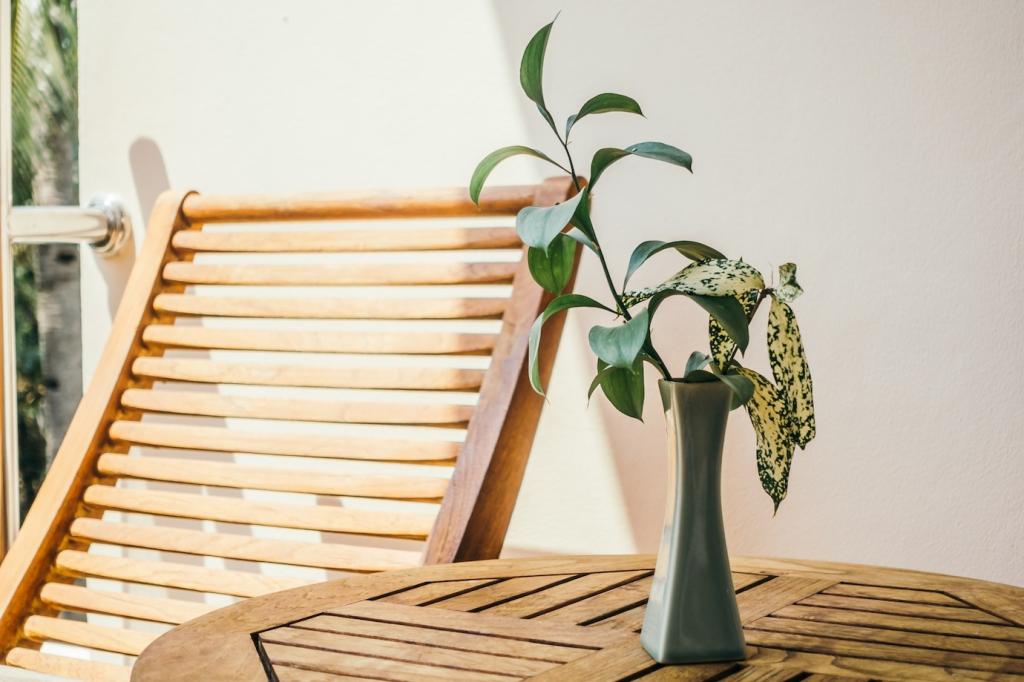Chosen theme: Reclaimed Wood Uses in Home Design. Step into a home where every board tells a story—rescued beams, weathered planks, and soulful textures that make spaces feel instantly lived-in, personal, and enduring. Explore ideas, lessons, and inspiration, then share your own reclaimed discoveries or subscribe for fresh, design-forward tips each week.
Reclaimed wood often arrives from old barns, shuttered factories, and decommissioned wine barrels, bearing saw marks, nail holes, and sun-faded color. That patina isn’t damage—it’s biography. When introduced thoughtfully into home design, those marks become conversation starters that center family rituals and reflect an intentional, sustainable lifestyle.
From Weathered Past to Welcoming Home
Design with reclaimed wood unites environmental responsibility and aesthetics, lowering demand for newly harvested timber while delivering durable, dimensionally stable material. Its density, aged fibers, and varied tones create warmth that drywall cannot. In living rooms, halls, and kitchens, it delivers a tactile calm that modern life often forgets to invite.
From Weathered Past to Welcoming Home
Design Styles Reimagined with Reclaimed Wood
Modern Minimalism, Warmer
Pair razor-clean lines with a reclaimed wood console or wall panel to avoid sterile spaces. The matte grain softens glass, steel, and stone, while subtle color variation adds depth. Keep silhouettes simple and let the wood’s weathered character power the design story without adding extra accessories or visual noise.
Coastal Calm Without the Cliché
In coastal-inspired home design, reclaimed wood shiplap in pale, sun-washed tones evokes shoreline driftwood rather than themed décor. Balance it with linen, woven textures, and airy blues. Use it sparingly—on a headboard or built-in bench—to ground the space in nature while preserving breezy lightness.
Industrial, Refined
Industrial interiors can lean harsh. Introduce reclaimed joists as floating shelves or a coffee table top to humanize concrete and black metal. The softened edges and rich patina add refinement, proving that reclaimed wood can deliver elevated comfort while holding onto industrial authenticity and honest materials.
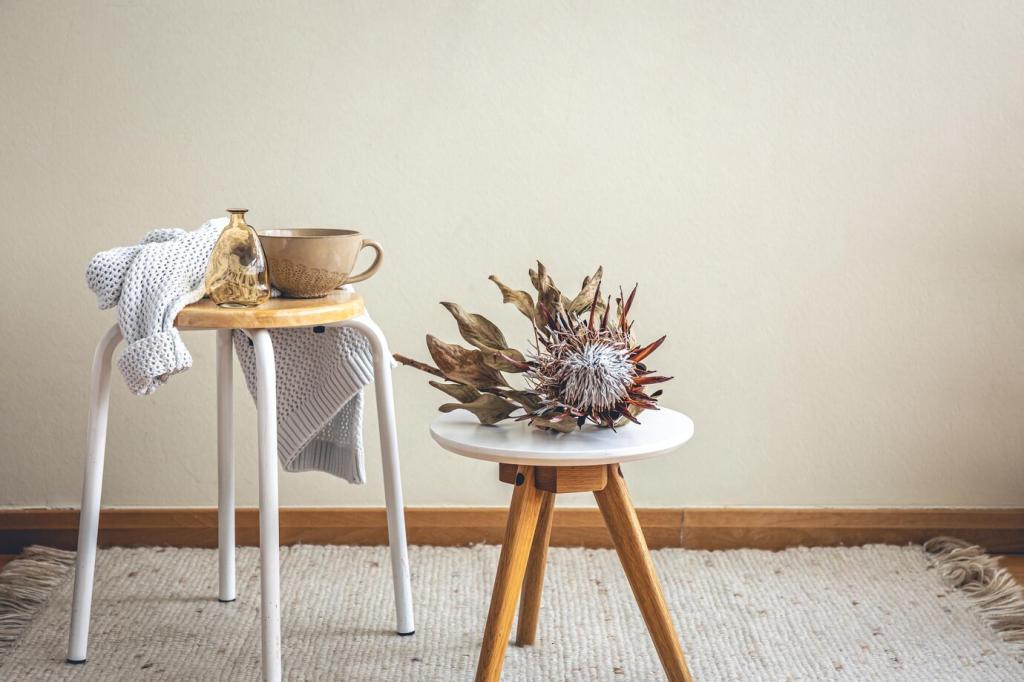
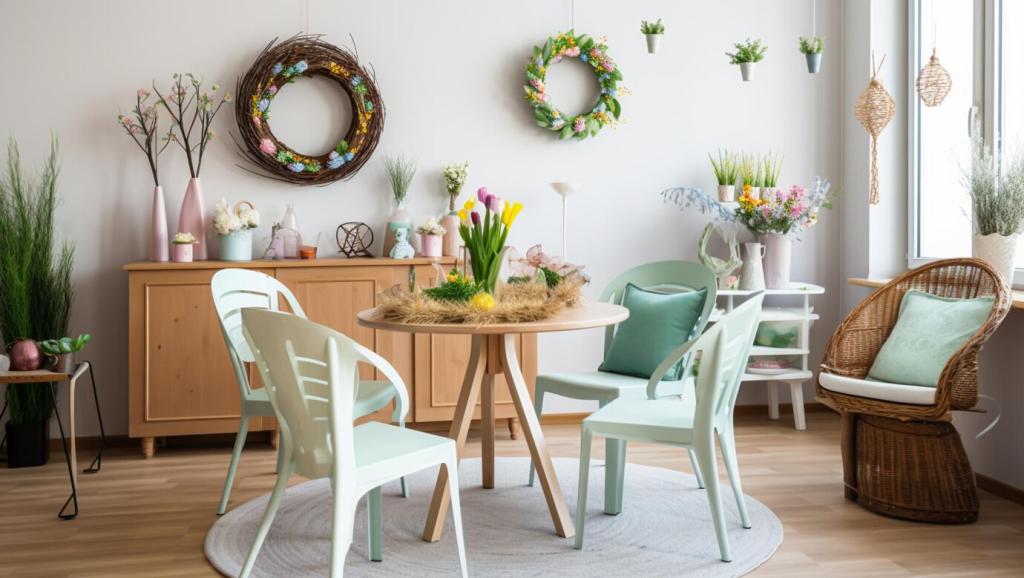

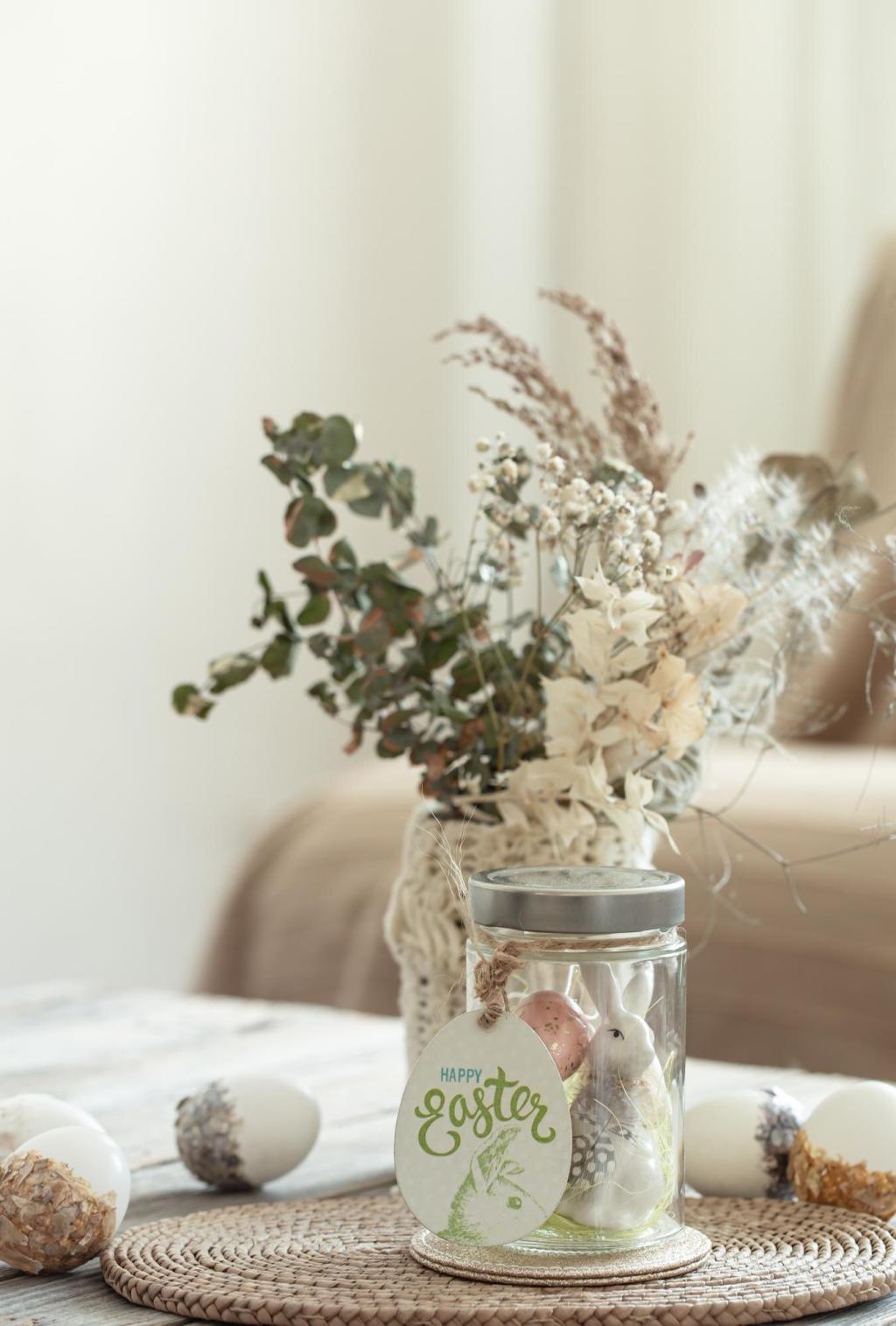
Dining Tables that Host Stories
A reclaimed wood dining table with breadboard ends resists seasonal movement while preserving character. Butterfly keys stabilize checks without hiding them. A matte, repairable finish keeps the surface approachable for family meals and game nights. Post photos of your table ideas and we’ll suggest joinery and finishes that suit your home design.
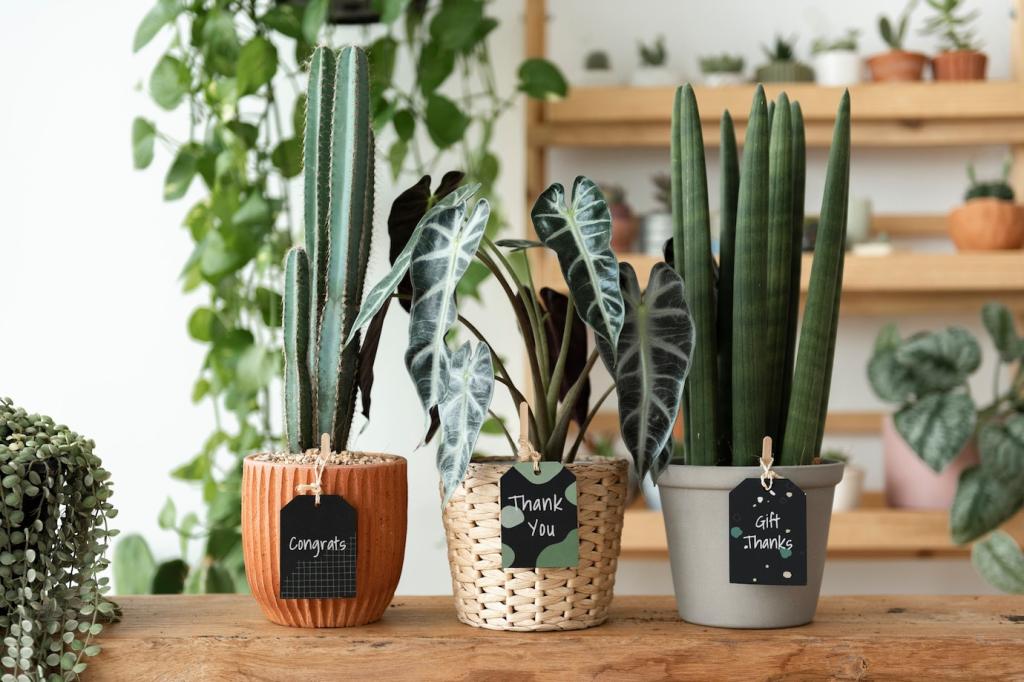
Kitchen Islands and Worktops
Reclaimed wood islands deliver warmth in a hard-surface zone. Consider end-grain for resilience or plank tops with protective, food-safe finishes. Add thoughtful overhangs, power access, and toe-kick details. A contrasting stone prep area preserves practicality while keeping the reclaimed hero moment front and center.
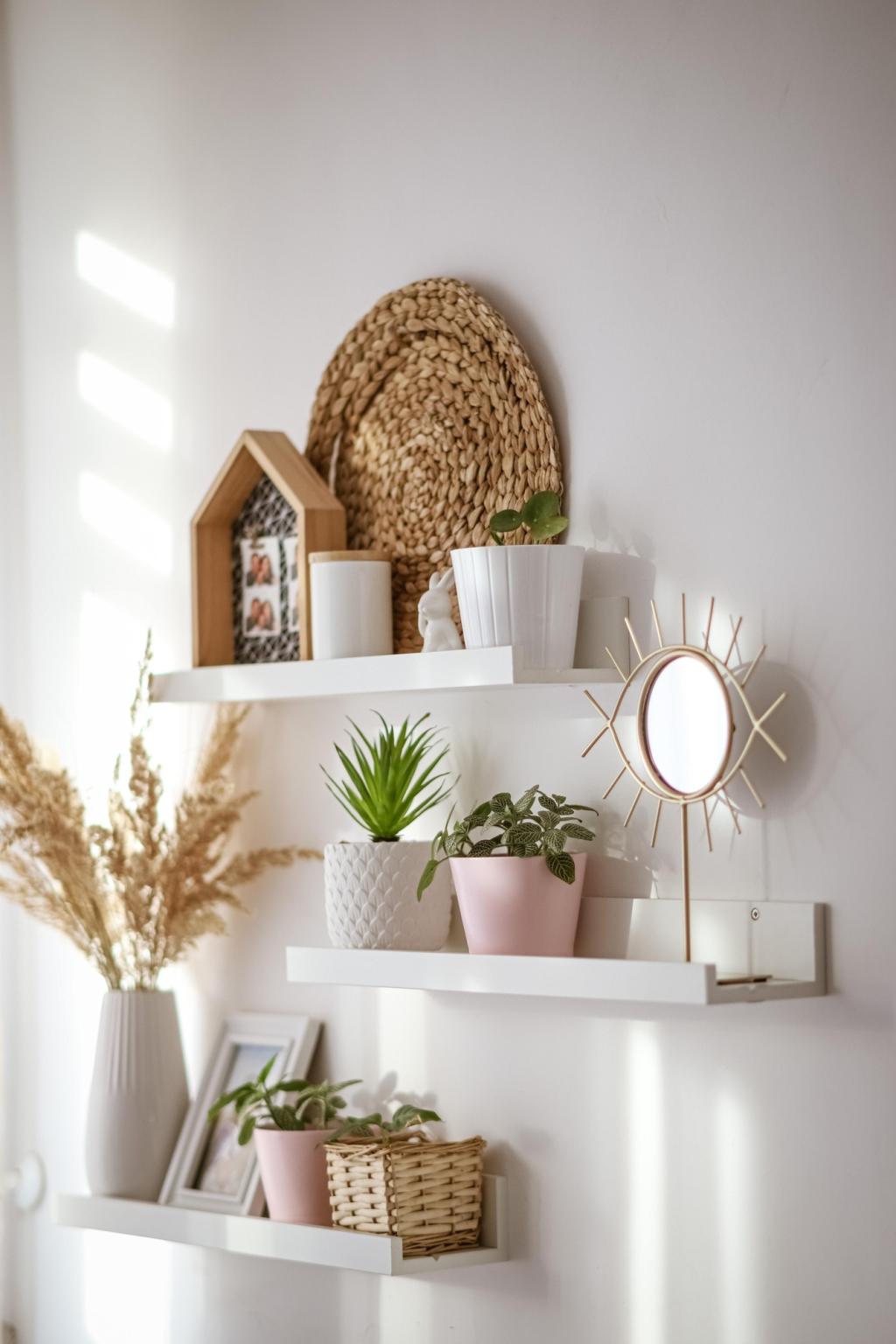
Bookshelves, Benches, and Nooks
Floating shelves in reclaimed wood turn book spines into gallery color, especially against limewash walls. Use concealed brackets or French cleats, confirm load capacity, and keep shelf depths ergonomic. A window bench with reclaimed panels creates a reading retreat where light, grain, and quiet hours converge beautifully.
Sourcing, Vetting, and Ethics
Look for suppliers who document provenance and practice responsible deconstruction, not demolition. Ask about metal detection, grading, and milling processes. Transparent inventory photos and moisture readings indicate professionalism. Tell us your region and we’ll help crowdsource reputable yards from our community of readers.
Sourcing, Vetting, and Ethics
Verify kiln-drying to stabilize moisture and kill pests. Avoid lead-painted boards indoors unless professionally stripped. When surface-cleaning, use a stiff brush, not aggressive sanding that erases history. Wear a respirator during prep, and confirm adhesives and finishes are low-VOC to keep your home design healthy.
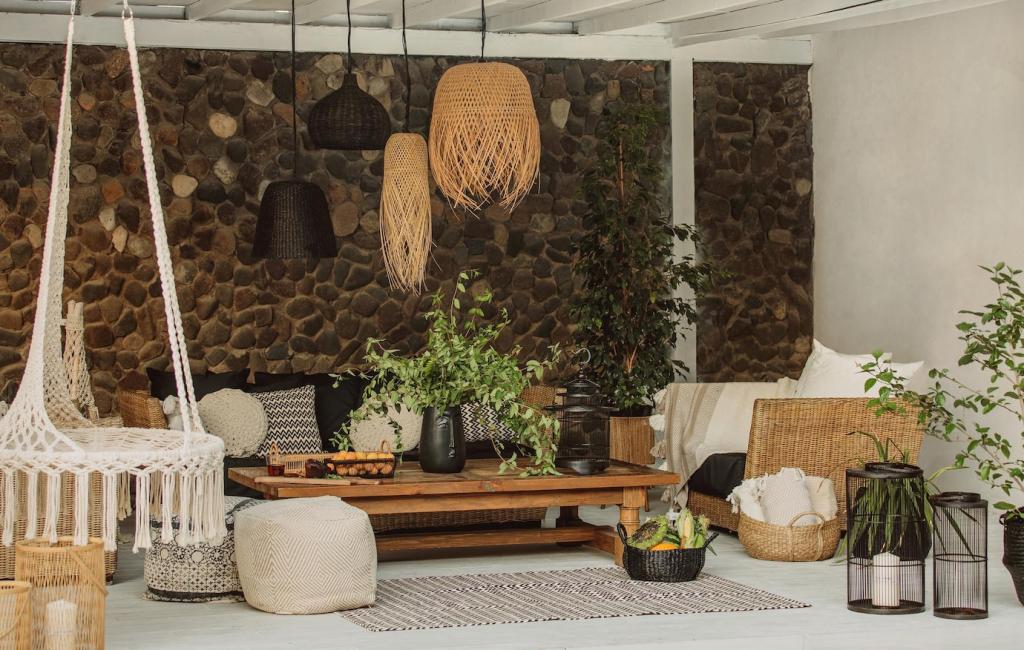
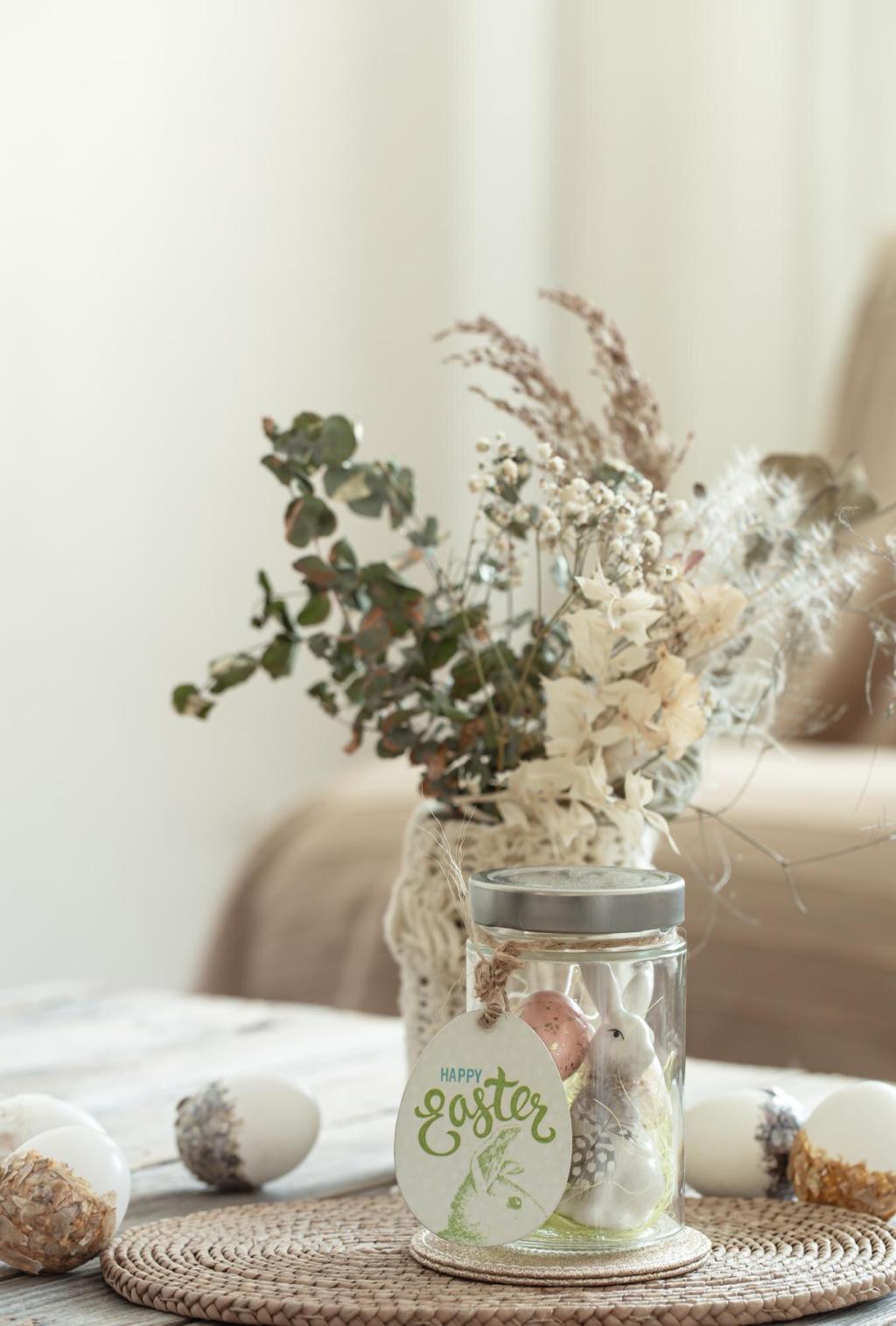
Choose finishes that amplify grain and texture: hardwax oils for repairability, low-sheen poly for splash zones, or soap finishes for buttery matte surfaces. Always test on offcuts first; reclaimed boards absorb unevenly, and samples reveal true color, sheen, and feel in your specific lighting conditions.
